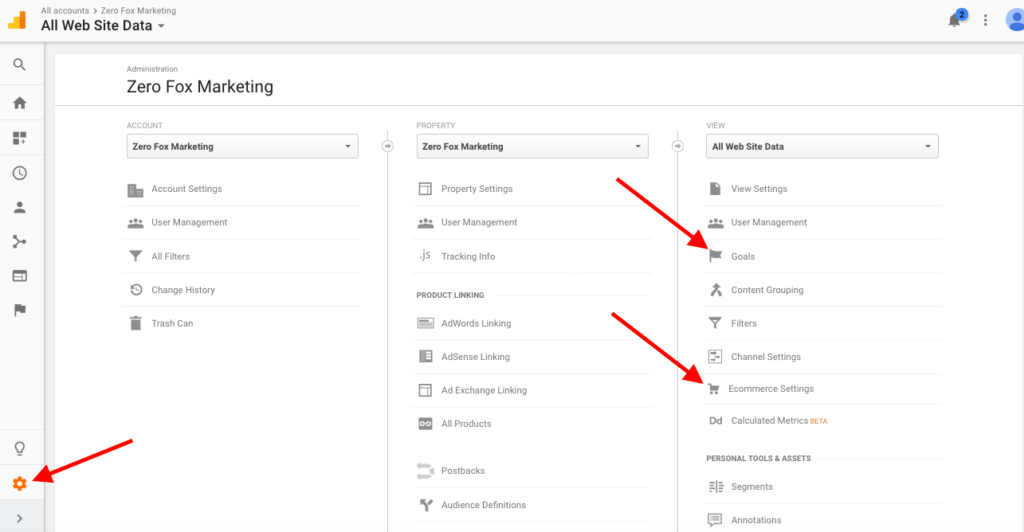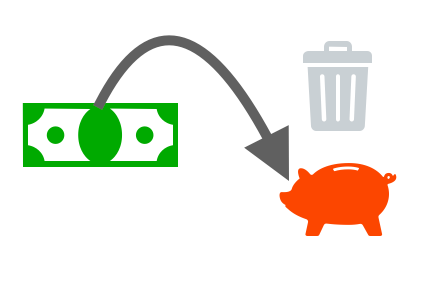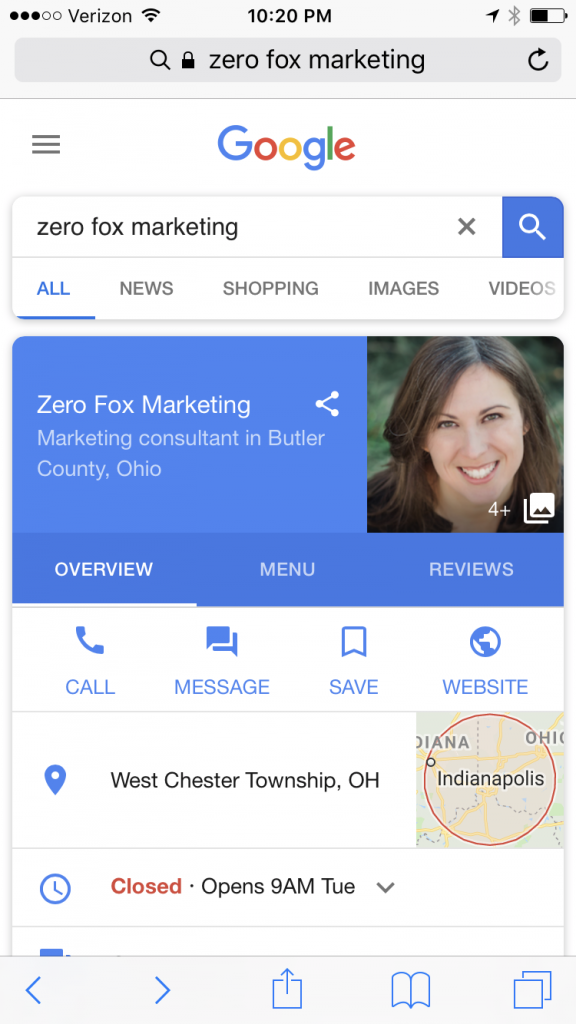Many business owners I’ve met over the years have had no idea whether or not they were tracking conversions on their websites, or if it was set up properly. In some cases, they were paying big bucks for AdWords or marketing agency services, and they still had no idea.
It always seemed like a sad state of affairs to me, and it changed as soon as we started working together.
Google, for all of its shortcomings, has a tool that lets you track conversions on your website for free. And with that information, you can calculate ROI on your marketing efforts.
Why isn’t everyone doing this?!?
 Why I Give a Fox About Conversion Tracking in Google Analytics
Why I Give a Fox About Conversion Tracking in Google Analytics
With conversion tracking, you can know (for free) the source of prospective customers who make buying actions on your site, including:
- Filling out forms (if you generate leads on your site)
- Making purchases (if you sell things online)
- Viewing certain pages (if you’re a brick and mortar location)
- and more
In other words, you can know things like:
- We generated #x of leads from $x in online ad spend.
- We sold $x worth of product from x campaign.
- x number of people looked at our address and hours from Facebook traffic.
If you apply other business metrics to those results like average close rate, average customer value, etc., you can start to make real, dollar-based ROI calculations and projections.
That can be very powerful, and it can help you understand how your marketing efforts are affecting your business.
How to Check If You’re Tracking Conversions
- Log into Google Analytics. If you don’t have a login, or if you aren’t sure whether or not Google Analytics has been installed on your site, contact me and I’ll help you figure it out. (I’ll help you free of charge, because I believe everyone should have good Marketing Analytics!)
- Click on the Gear icon in the lower left. It should say “ADMIN” next to it. Then in the third column, under “VIEW,” look for the words “Goals” and “Ecommerce Settings.” Here’s what it looks like.

- If you sell things on your site directly, click Ecommerce Settings. The status should say ON. It should look something like this.

- If you don’t sell things on your site directly, click Goals. There should be entries in the chart there, and “Recording” for at least one should be “On.” Look for Goals that mirror the actions a prospective customer could take on your website. Here’s an example.

- While this basic check can’t tell you if your goal tracking is configured correctly, steps 3 and 4 give you at least an indication of whether or not your website is collecting conversion data.
What to Do Next
- If your website is not tracking conversions, act now. If you have a marketing service provider or web developer working on your behalf, ask them to install Google Analytics conversion tracking and help you understand it. If you have your own site on a platform like WordPress or BigCommerce, there are modules and settings that can help you do this. If you want help, contact me. (I’ll help you free of charge, because I believe everyone should have good Marketing Analytics!) (And if your marketing service provider balks, you may need to have a big talk with them.)
- If your website is tracking conversions, but you don’t know what any of it means, act now. Data is useless unless its correct and you understand it. There are a lot of online tutorials available to help you (like Lynda). Or, you can contact me. (I’ll check your configuration free of charge, because I believe everyone should have good Marketing Analytics! And we can schedule a more in-depth training if it makes sense.)
Conversion tracking is the #1 way you can calculate marketing ROI via your website. With this data, you can help make smarter marketing and business decisions. That’s why it is so important to me.




About The Author: Christina Ousouljoglou
I'm a results-focused, data driven go-getter. I help clients turn marketing headaches into understandable business strategies that work.
More posts by Christina Ousouljoglou